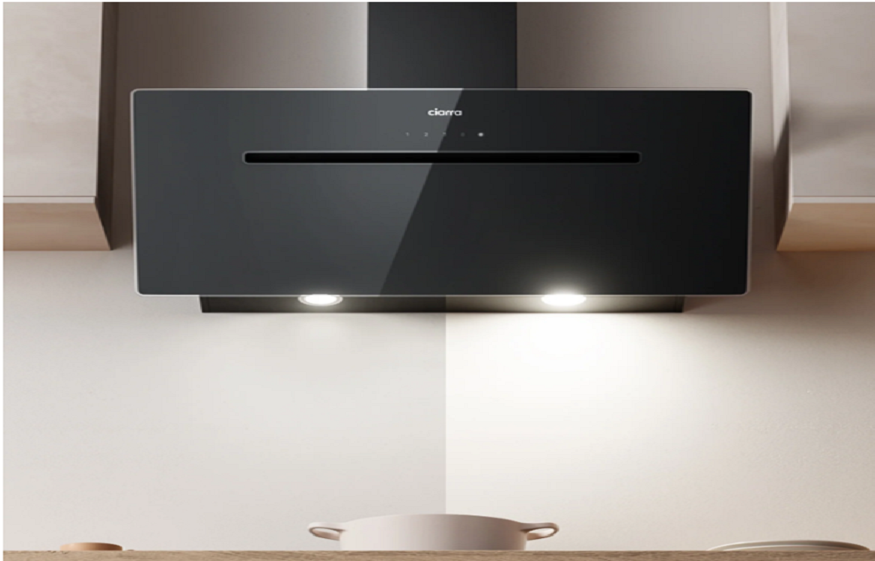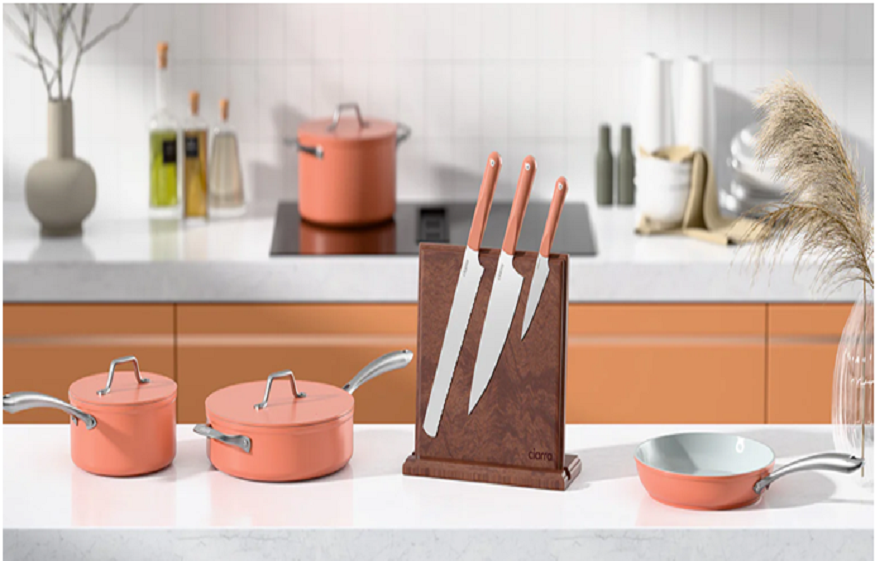The Paring Knife: Precision in Small Tasks
The paring knife is typically a 3 to 4-inch blade, perfect for intricate tasks like peeling, trimming, coring, and cutting small garnishes. It’s ideal for working with delicate ingredients such as fruits, vegetables, and herbs where precision is required. For example, when preparing apples for a pie, a paring knife can peel and core the apples more easily than a larger knife.
Pairing the Paring Knife with a Chef’s Knife
While the paring knife excels at small, delicate tasks, the chef’s knife is the all-around workhorse of the kitchen. It features a broad blade that is 8 to 10 inches long, designed for chopping, slicing, dicing, and mincing. When paired together, the paring knife handles the fine, intricate tasks, and the chef’s knife takes care of larger cuts, reducing the need for repetitive motions and helping save time.
For instance, if you’re preparing a vegetable stir-fry, you might use the chef’s knife to slice the vegetables into even strips and then switch to the paring knife to remove seeds or skin from smaller ingredients like chilies or garlic. The combination of these knives allows you to seamlessly move between tasks, improving your overall efficiency.
Complementing the Paring Knife with a Fruit Knife
The fruit knife, often a small, slightly curved knife, is perfect for working with fruits and softer produce. When paired with the paring knife, it allows for a more specialized approach to food prep. For example, you might use the paring knife to remove the skin from a peach, then switch to the fruit knife to slice it into perfect wedges for a fruit salad.
By combining the paring knife with other specialized knives like the fruit knife, you create a seamless workflow in which each tool plays a specific role, ensuring both speed and precision in meal preparation.
Collaborative Operation of Ductless Cooker Hood and Kitchen Appliances
A ductless cooker hood, often called an extractor fan, works to keep the kitchen air clean and free of smoke, steam, and odors, but its role in a cooking environment goes beyond just ventilation. When used in conjunction with other kitchen appliances like the stove and oven, it can help maintain a comfortable, efficient, and pleasant cooking space.
How the Ductless Cooker Hood Works
Unlike traditional cooker hoods that vent air outside the home, ductless cooker hoods use filters, such as charcoal or carbon filters, to trap grease, smoke, and odors, before circulating the air back into the kitchen. This makes them ideal for kitchens without a dedicated venting system, such as in apartments or homes where exterior wall installation is difficult. A ductless hood ensures that the air remains clear, even during intense cooking sessions, enhancing both the functionality and atmosphere of the kitchen.

Collaborative Strategy with the Stove
When using a ductless cooker hood with a stove, it’s important to ensure that the range hood is positioned correctly to maximize air circulation. The hood should be placed directly above the stove, with a sufficient range of suction power to clear the air of cooking fumes, steam, and smoke. For example, when stir-frying or grilling on the stove, which can produce high levels of smoke and odors, the ductless hood helps remove these quickly, leaving the kitchen smelling fresh and clean.
In a collaborative setup, the stove provides the heat and cooking power, while the cooker hood maintains a clear and comfortable air quality, allowing you to focus on the cooking process without worrying about lingering smells or excess moisture.
Integrating the Oven with the Ductless Cooker Hood
When using the oven, especially for roasting or baking, a lot of moisture and heat can escape into the kitchen, creating discomfort. A ductless cooker hood helps mitigate this by continuously filtering the air, ensuring the kitchen remains comfortable. For example, when roasting vegetables at high temperatures, the oven may release steam, which, combined with the heat from the stove, can make the kitchen feel stuffy. The ductless hood helps to balance this by removing excess steam and keeping the air quality stable.
Additionally, when baking or cooking with strong spices and herbs, the cooker hood works to remove the intense odors that could otherwise permeate the home, creating a more pleasant cooking experience.
Creating an Efficient Cooking Environment
Together, a ductless cooker hood, stove, and oven form a collaborative system that enhances the efficiency of your kitchen. The stove provides direct cooking heat, the oven handles more intricate and slow-cooking tasks, and the ductless hood ensures that all excess moisture, heat, and odors are managed, leaving the kitchen both comfortable and efficient. By ensuring that each appliance works in harmony, you can focus on cooking and enjoy a pleasant, hassle-free environment.
Conclusion
In both food preparation and cooking environments, the key to efficiency lies in the thoughtful combination of tools and appliances. The paring knife, when used alongside a chef’s knife or fruit knife, ensures precision and speed in food prep. Meanwhile, the ductless cooker hood works synergistically with the stove and oven to create a cleaner, more comfortable cooking environment. By understanding how these elements collaborate, you can elevate your kitchen experience and make every cooking session smoother and more enjoyable.







Leave a Reply
You must be logged in to post a comment.